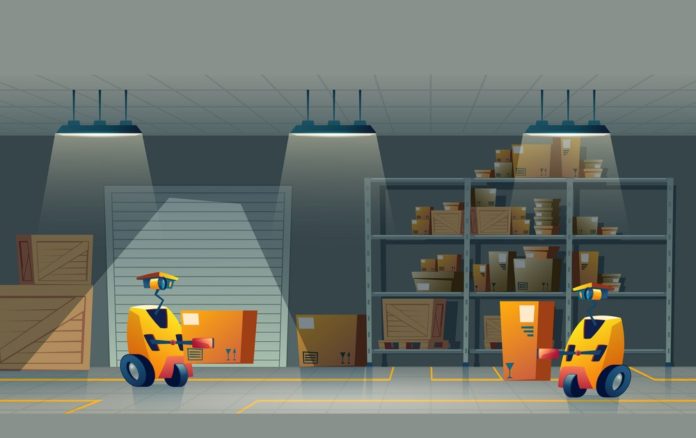Most industrial warehouses use pallet racking systems to maximize the storage space available. Though these pallet racking systems offer significant storage benefits, several other factors also matter when adding warehouse racking systems. For heavy goods, pallet racking is the best whereas shelves can be used for lighter things. To make this process easier, the most common types of pallet racking systems used in industrial warehouses are explained below.
Selective pallet rack
Selective pallet rack is the most versatile and popular racking system used in industrial warehouses and manufacturing units. It offers efficient use of space and allows immediate access to every pallet stored using any forklift. In selective pallet rack, the pallets are kept on horizontal beams, which are held by the connectors engaging with the holes in vertical upright poles.
The simple structural design makes the cleaning process easy. Also, selective pallet racking systems are available in dirt-resistant models, which make them ideal for food handling operations. The particular pallet racking suppliers helps in configuring to accommodate pallets of any size.
Cantilever racking
The cantilever racking system is perfect for storing long products like lengths of steel rods, plastic piping, and time. The cantilever racking systems have long arms protruding from the metal framework specifically designed to stock large or bulky items.
The basic design of cantilever racking is somewhat different – it does not have front columns. This design maximizes the storage space available to you and offers easy access to all the products stored on the racking system.
Push back racking
This pallet rack system is fabricated in roll form where pallets on wheeled carts rest on rails. These systems have a last-in/first-out rotation mechanism, and the carts operate using the force of gravity.
The push back racking system works best for high-density multiple product storage. The rails of the rack system slightly tilt towards the pallet pick-face that allows the specific selection of inventory items.
When a pallet is placed on the rack, the next pallet is pushed back on the rails. When unloading the pallet, they are pushed in front of the structure. Also, the pallets Melbourne being unloaded acts as a brake for the pallets behind it.
Drive-in pallet racking
Just like push back racking, drive-in pallet racking also has a last-in/first-out rotation design. The design of drive-in pallet racking maximizes the use of floor space. When the pallets are on the racking system, they slide back on the rails, thus storing them more deeply and creating more storage space.
Drive-in pallet racking needs fewer aisles for the same amount of storage, which makes it a cost-effective option. The racking system is designed in a way that the forklift can go through the aisle and continue adding pallets on the racking system.
Carton flow racking
Carton flow racking features an original load design that operates by first-in/first-out management. Unlike other racking systems, the carton flow racking rotates the pallets automatically by design. This allows maximum efficiency and storage optimization. There is no doubt that carton flow racking is excellent for storing large scale inventories.
Pallet rack systems are fundamental elements of any storage, distribution, or material handling operation. With so many types of racking systems, you have diverse options available to maximize storage space while simplifying inventory requirements. If you are not sure, where to source your pallets, get pallet delivery service at your premises from online sellers.
We recommend visiting Waterstone Holdings if you are in Melbourne and looking for pallets for sale.








